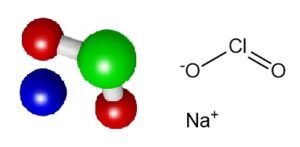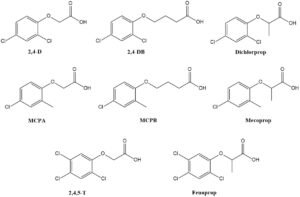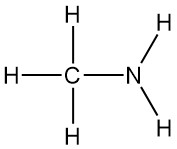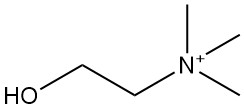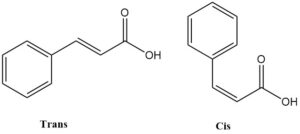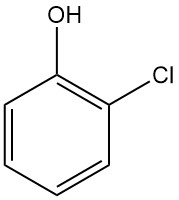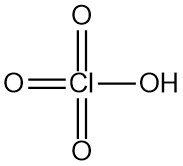
Perchloric Acid: Properties, Production and Uses
Perchloric acid is a strong mineral acid with the chemical formula HClO4. It is a colorless, odorless liquid that is usually found in aqueous solutions. Perchloric acid is one of the strongest Brønsted-Lowry acids.

